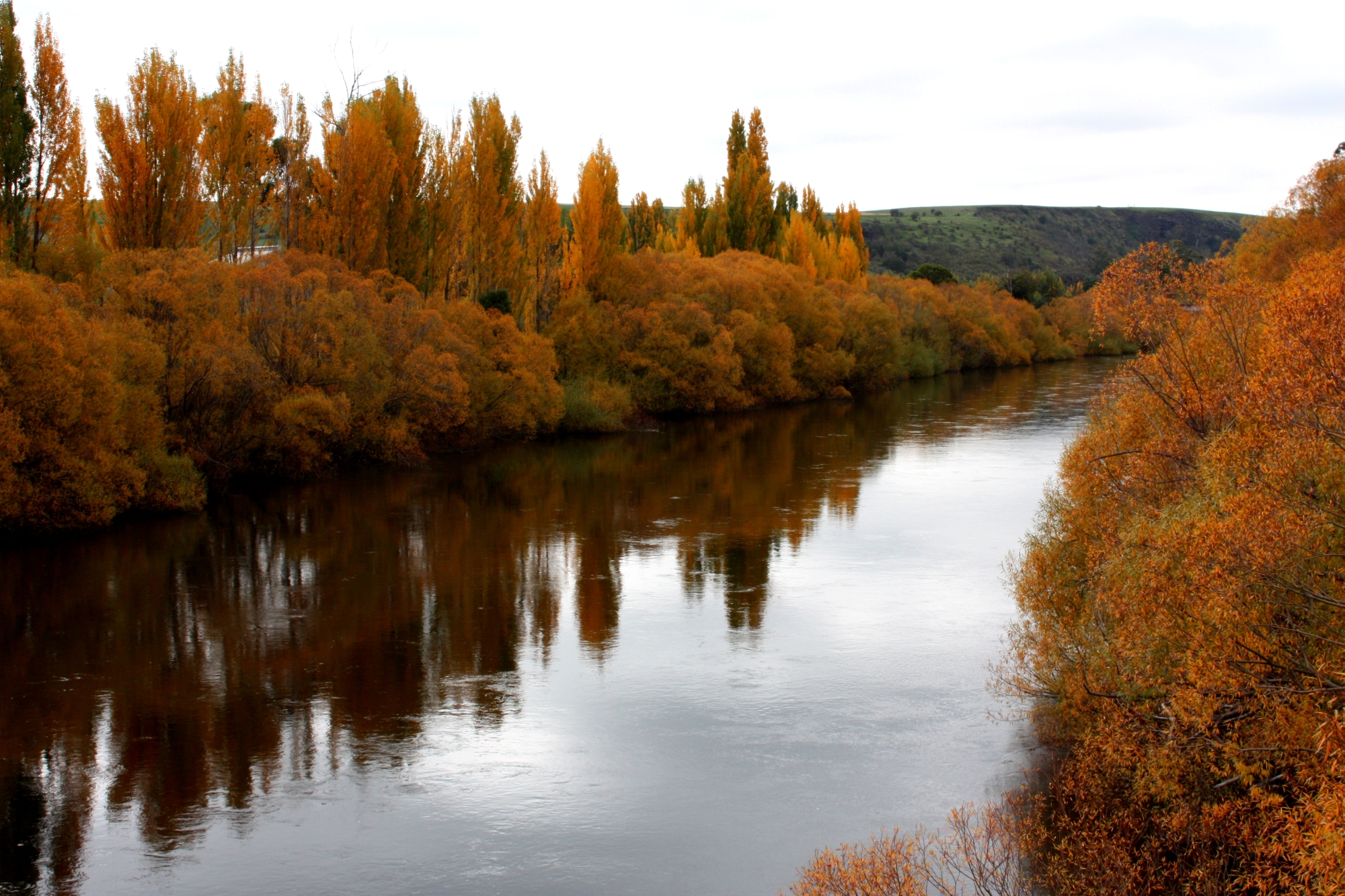|
Xerochrysum Papillosum
''Xerochrysum papillosum'' is a herbaceous shrub in the family Asteraceae, native to southern Victoria and Tasmania Tasmania (; palawa kani: ''Lutruwita'') is an island States and territories of Australia, state of Australia. It is located to the south of the Mainland Australia, Australian mainland, and is separated from it by the Bass Strait. The sta .... It was known variously as ''Xeranthemum papillosum'', ''Helichrysum papillosum'', and ''Bracteantha papillosa'' before gaining its current name in 2001. It is a perennial herb, which grows anywhere from 15 cm to 1 m in height and a similar size in diameter, and is usually simple or few-branched. The leaves are lanceolate to elliptic and range from 5 to 15 cm long by 0.5 to 2 cm wide. The flowerheads are on stalks and have a diameter of .The inflorescence bracts are papery, the outer ones greenish yellow in colour, and the inner ones pink-tinged white. It is difficult to distinguish from white flow ... [...More Info...] [...Related Items...] OR: [Wikipedia] [Google] [Baidu] |
Asteraceae
Asteraceae () is a large family (biology), family of flowering plants that consists of over 32,000 known species in over 1,900 genera within the Order (biology), order Asterales. The number of species in Asteraceae is rivaled only by the Orchidaceae, and which is the larger family is unclear as the quantity of Extant taxon, extant species in each family is unknown. The Asteraceae were first described in the year 1740 and given the original name Composita, Compositae. The family is commonly known as the aster, Daisy (flower), daisy, composite, or sunflower family. Most species of Asteraceae are herbaceous plants, and may be Annual plant, annual, Biennial plant, biennial, or Perennial plant, perennial, but there are also shrubs, vines, and trees. The family has a widespread distribution, from subpolar to tropical regions, in a wide variety of habitats. Most occur in Hot desert climate, hot desert and cold or hot Semi-arid climate, semi-desert climates, and they are found on ever ... [...More Info...] [...Related Items...] OR: [Wikipedia] [Google] [Baidu] |
Tasmania
Tasmania (; palawa kani: ''Lutruwita'') is an island States and territories of Australia, state of Australia. It is located to the south of the Mainland Australia, Australian mainland, and is separated from it by the Bass Strait. The state encompasses the main island of Tasmania, the List of islands by area#Islands, 26th-largest island in the world, and the List of islands of Tasmania, surrounding 1000 islands. It is Australia's smallest and least populous state, with 573,479 residents . The List of Australian capital cities, state capital and largest city is Hobart, with around 40% of the population living in the Greater Hobart area. Estimated resident population, 30 June 2017. Tasmania is the most decentralised state in Australia, with the lowest proportion of its residents living within its capital city. Tasmania's main island was first inhabited by Aboriginal Australians, Aboriginal peoples, who today generally identify as Palawa or Pakana. It is believed that Abori ... [...More Info...] [...Related Items...] OR: [Wikipedia] [Google] [Baidu] |
Xerochrysum Bracteatum
''Xerochrysum bracteatum'', commonly known as the golden everlasting or strawflower, is a flowering plant in the family Asteraceae native to Australia. Described by Étienne Pierre Ventenat in 1803, it was known as ''Helichrysum bracteatum'' for many years before being transferred to a new genus '' Xerochrysum'' in 1990. It is an annual up to tall with green or grey leafy foliage. Golden yellow or white flower heads are produced from spring to autumn; their distinctive feature is the papery bracts that resemble petals. The species is widespread, growing in a variety of habitats across the country, from rainforest margins to deserts and subalpine areas. The golden everlasting serves as food for various larvae of lepidopterans (butterflies and moths), and adult butterflies, hoverflies, native bees, small beetles, and grasshoppers visit the flower heads. The golden everlasting has proven very adaptable to cultivation. It was propagated and developed in Germany in the 1850s, and a ... [...More Info...] [...Related Items...] OR: [Wikipedia] [Google] [Baidu] |
Xerochrysum
''Xerochrysum'' ( syn. ''Bracteantha'') is a genus of flowering plants native to Australia. It was described by Russian botanist Nikolai Tzvelev in 1990, preceding (and taking precedence over) ''Bracteantha'' which was described the following year. Species This genus and its species names were formerly included in ''Bracteantha'' and before that in ''Helichrysum''. the authoritative ''Australian Plant Census'' recognises thirteen formally named species and five accepted species awaiting formal naming, description and publication: * '' Xerochrysum alpinum'' – Tasmania * '' Xerochrysum bicolor'' – Tasmania * '' Xerochrysum boreale'' – WA, NT, Qld * '' Xerochrysum bracteatum'' , strawflower or golden everlasting – NSW, Vic, Tas, SA, Qld, NT, WA * '' Xerochrysum collierianum'' – Tasmania * '' Xerochrysum halmaturorum'' – SA * '' Xerochrysum interiore'' – WA, NT, SA * '' Xerochrysum macranthum'' – WA * '' Xerochrysum macsweeneyorum'' - NSW, Qld * '' Xeroch ... [...More Info...] [...Related Items...] OR: [Wikipedia] [Google] [Baidu] |
Flora Of Tasmania
The biodiversity of Tasmania is of Biology, biological and Paleoecology, paleoecological interest. A state of Australia, it is a large Australasia, South Pacific archipelago of one large main island and a range of smaller islands. The terrain includes a variety of reefs, atolls, small islands, and a variety of Topography, topographical and Edaphology, edaphic regions on the largest island, all of which promote the development of concentrated biodiversity. During long periods geographically and genetically isolated, it is known for its unique flora and fauna. The region's Oceanic climate, climate is oceanic. Evolution The marine fauna of the period, separate from that of the southwest Pacific, was distinguished as the "Maori province". Gondwana began its fragmentation in the middle and upper Jurassic, and the arrival of benthic invertebrate fauna is visible in fossil deposits. The Cretaceous marked the appearance of marine invertebrate fauna of southern origin. It was then that an ... [...More Info...] [...Related Items...] OR: [Wikipedia] [Google] [Baidu] |



